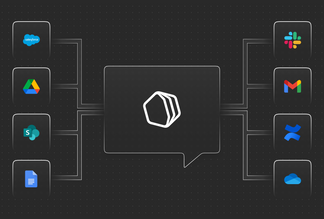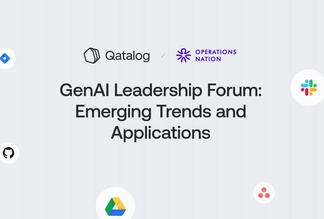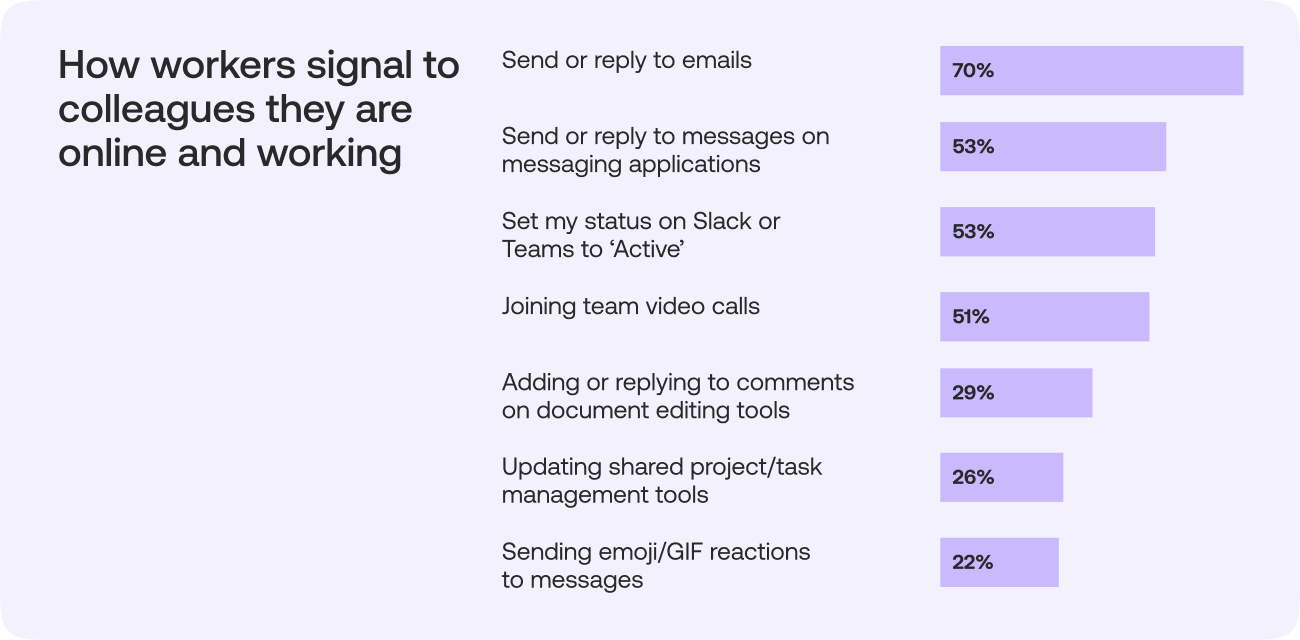
Technology has failed in its promise to create a better way of working
Technology has failed to create a better way of working. This might feel counterintuitive, given that we have thousands of applications specifically designed to help us at work. Nor can we ignore that it has been instrumental in allowing us to continue working through a pandemic. But a new report from Qatalog and GitLab shows that technology is a double-edged sword.
The technology that frees us from the bounds of an office has chained us to our devices. A deluge of notifications and emails pour into our laptops, tablets, and phones, delivering a constant rush of information, which grabs our attention with or without our consent. And it's only becoming worse, as we rely on tools and technology to support our asynchronous working world. This 24/7 notification firehose has encouraged and enabled a new form of digital presenteeism (which we also discussed in a previous blog post).
Digital Workplace Presenteeism
Digital presenteeism has become a significant problem that leads to burnout, stress, and reduced productivity. The research revealed that 54% of us feel pressure to demonstrate to our colleagues that we are online and working, often outside our chosen working hours. As a result, the average knowledge worker now spends an extra 67 mins a day online in order to avoid suspicion that they’re not working hard enough.
In a pre-remote world, we would signal to colleagues and our managers that we were working by being physically present in the office with them. Unless you spent all of your time in the kitchen or break room, being at your desk was enough to indicate you were working, even if you weren’t being productive.
If you wanted to show that you were working really hard, you'd arrive early and leave late. It didn't always matter too much if you were working, just that you were there. This way of thinking might work if you are making things on production lines, but it has never made sense for knowledge workers.
But old habits die hard and remote workers who still feel the pressure to be visible have found new ways to signal they are present, enabled by technology. They are now replying to emails and chat messages at all hours of the day, joining team calls, even if they’re not really contributing, and replying to comments on document editing tools. Even the simple act of changing your Slack status to ‘Active’ is intended to show you’re still there, online and waiting, just in case you’re needed.
The scourge of constant notifications
Gone are the days of back and forth on emails and sending endless new versions of files.
Instead, our work is increasingly tied to collaborative tools and platforms that allow real-time sharing, discussion, videoing, and editing. There are chat apps, video conferencing apps, project management tools, task managers, and online HR tools. And that’s just the basics. The result is that we're using more apps than ever before.
Given this, it’s no surprise that the average knowledge worker now gets notifications from more than six different work-related apps, tools, or software. Moreover, 73% of folks receiving these notifications reply to them outside of their chosen working hours, with 30% saying they do this every single day. More than half of those surveyed also said they find it hard to switch off from work, with notifications ranked second as the second biggest reason. The first was ‘I am often preoccupied thinking about what I need to do’.
Ultimately, workers end up feeling like they’re "at work" when they shouldn’t be. This eats into leisure time and prevents people from winding down and getting decent rest, increasing the likelihood of anxiety and burnout.
Taking Back Control
As a first step, we need to rethink the way technology is used, and regain control of the apps that nag at us in efforts to "help us" be more productive. To do this, employees should be empowered to turn off notifications or adapt them to fit how and when they work best.
But muting your notifications is only half the battle. Even when your phone isn't bugging you with the latest comment or update from your team, the problem of wanting to appear to be working still exists. That’s why it’s essential to implement guidelines and set expectations with your colleagues about when you’ll reply to their messages. Communicating your working hours and key reasons to be contacted outside of those hours is just as important as changing your notification settings.
But, we should also recognize that this problem won't be solved by guidelines and tweaks to settings. Technology needs to be fundamentally redesigned to be more considerate of its users to combat an always-on culture that leads to burnout and reduced productivity. Work technology needs to be reimagined to support async ways of work, rather than propping up old habits in new environments.





